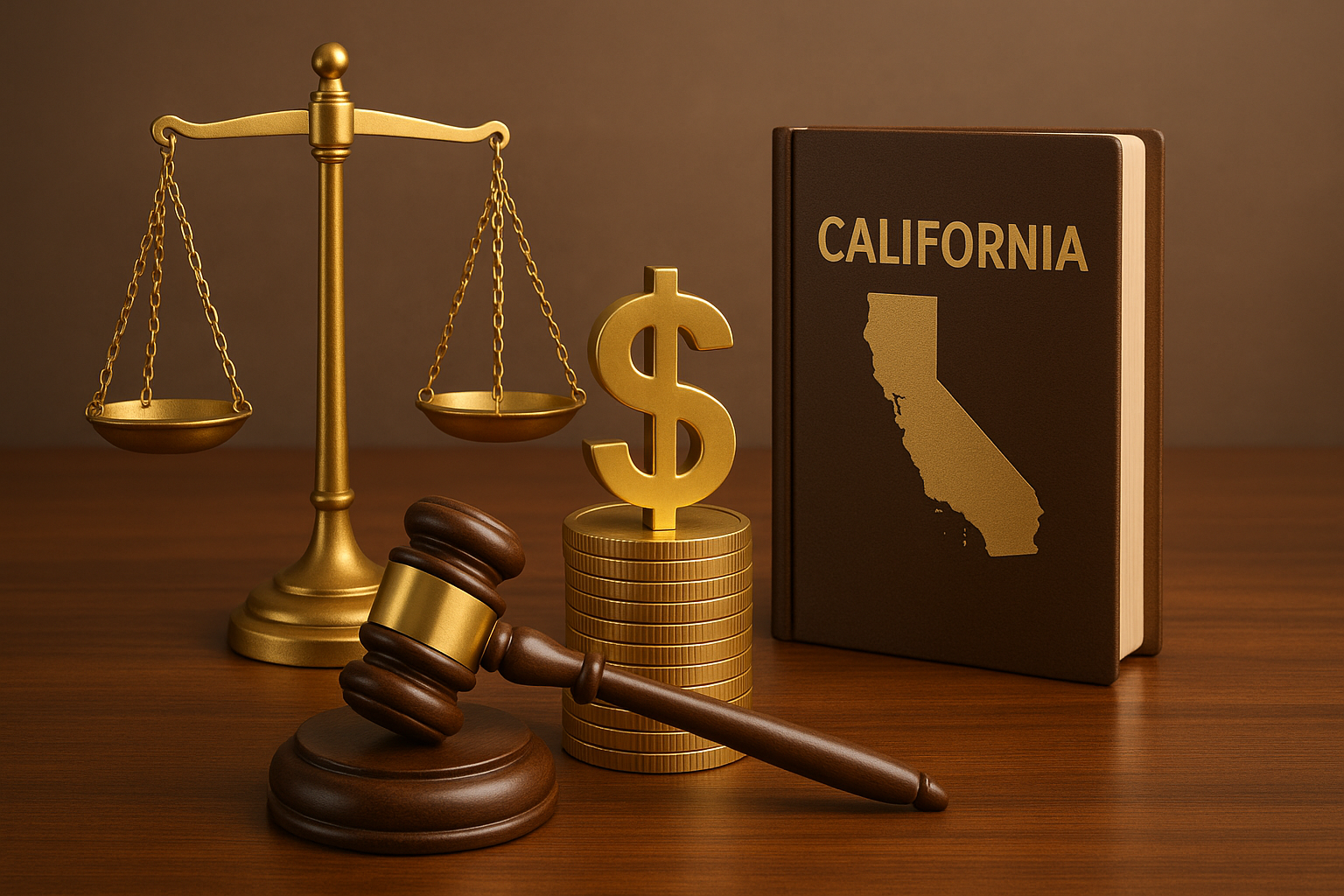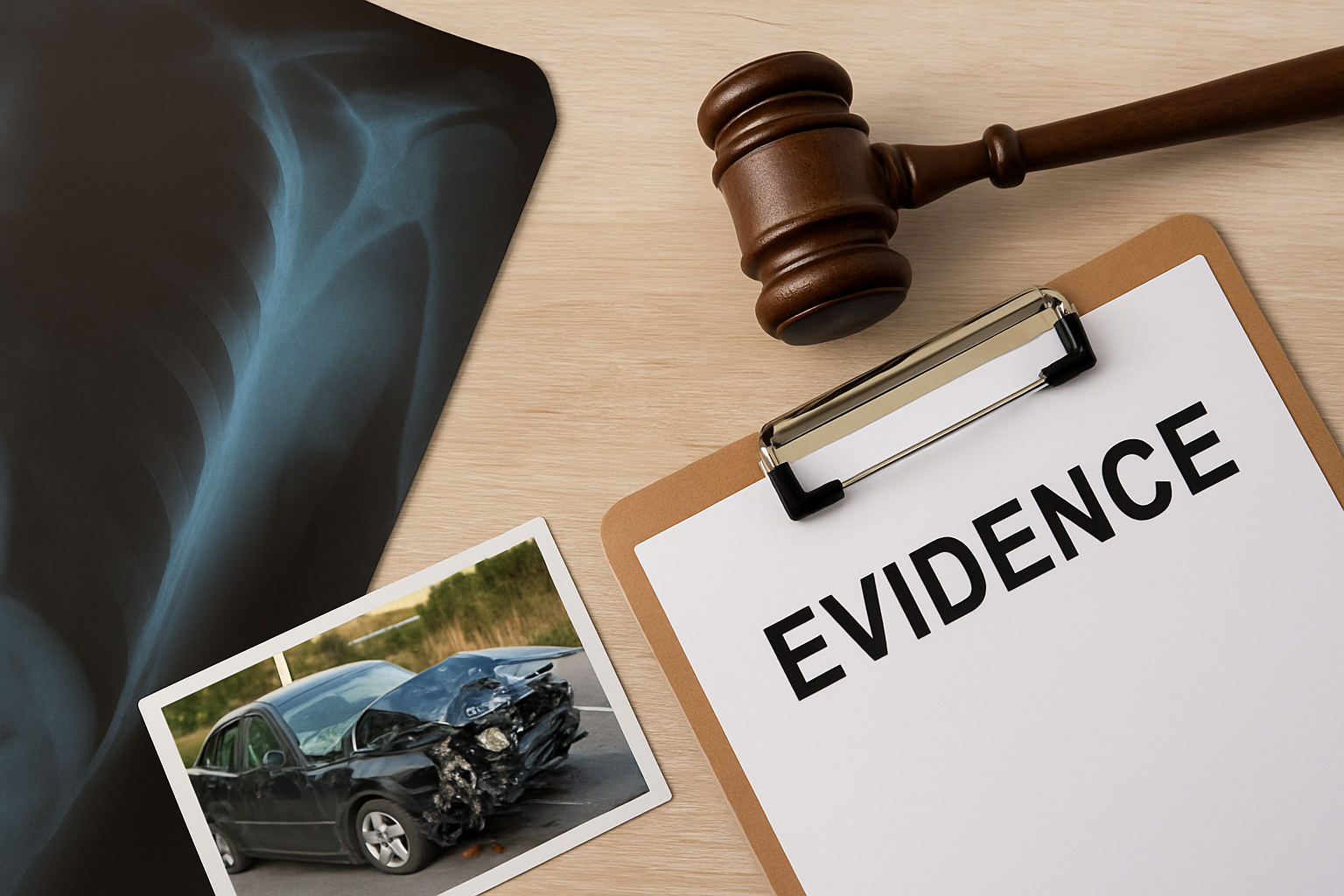When someone suffers an injury due to another person’s reckless or intentional behavior, the court may award more than just compensation for losses. In some cases, victims may also recover punitive damages. Understanding punitive damages in California injury cases helps clarify when they apply and how they can impact your recovery.
What are punitive damages?
Punitive damages, also known as exemplary damages, are not designed to compensate the victim for financial or emotional losses. Instead, they serve as a punishment for the defendant and a warning to others to avoid similar conduct.
While compensatory damages aim to restore what a victim lost, punitive damages are meant to hold wrongdoers accountable. They reflect the court’s disapproval of behavior that shows intentional harm or reckless disregard for safety.
In California, punitive damages are available only in civil cases where the defendant’s conduct rises above negligence and reaches the level of malice, oppression, or fraud.
When are punitive damages awarded in California?
Punitive damages are not automatically available in every injury case. To qualify, the plaintiff must show clear and convincing evidence that the defendant acted intentionally or with conscious disregard for the rights or safety of others.
Courts look for behavior that goes beyond simple carelessness. This includes cases where someone knew their actions could cause harm but continued anyway, such as drunk driving or willful neglect.
California judges and juries may also consider awarding punitive damages against corporations that promote unsafe practices or ignore known risks to the public.
How are punitive damages calculated?
Unlike medical bills or lost income, there’s no fixed formula for calculating punitive damages. Courts assess several factors when deciding the amount, such as:
- The seriousness of the defendant’s misconduct
- The harm suffered by the plaintiff
- The defendant’s financial condition
- The relationship between punitive and compensatory damages
California courts follow the principle of proportionality. Typically, punitive damages do not exceed nine times the amount of compensatory damages unless the conduct is especially egregious.
Types of cases qualified for punitive damages
Punitive damages are reserved for extreme situations involving deliberate or reckless actions. Some common examples include:
- Drunk or reckless driving accidents
- Intentional assaults or violent acts
- Nursing home abuse or neglect
- Fraudulent or deceitful business practices
- Manufacturing or selling defective products with known risks
- Corporate policies that show disregard for safety
These examples demonstrate behavior that goes beyond negligence and involves a conscious choice to put others in danger.
Comparison of damages in injury cases
The following table highlights how punitive damages differ from compensatory damages in California personal injury claims.
| Type of Damage | Purpose | Example |
|---|---|---|
| Compensatory | To reimburse the victim for actual losses | Medical bills, lost wages, emotional distress |
| Punitive | To punish extreme wrongdoing and deter others | Drunk driving, fraud, intentional harm |
Understanding the difference helps injury victims and their attorneys determine whether to pursue punitive damages as part of their claim.
How to prove entitlement to punitive damages
To receive punitive damages, the plaintiff must meet a higher standard of proof than in most civil claims. The evidence must clearly demonstrate the defendant’s malicious intent or extreme recklessness.
Strong supporting materials may include:
- Eyewitness or expert testimony
- Police and accident reports
- Internal company documents showing awareness of risk
- Evidence of similar past misconduct
The court must be convinced that the defendant acted with a conscious disregard for safety or an intent to cause harm.
Are there limits on punitive damages in California?
California law does not impose a strict cap on punitive damages, but courts ensure that the award is fair and not excessive. The amount must bear a reasonable relationship to compensatory damages.
For example, if a plaintiff is awarded $100,000 in compensatory damages, the punitive award will typically not exceed $900,000. The U.S. Supreme Court has stated that single-digit ratios are usually appropriate.
Courts can also reduce punitive damages on appeal if they are deemed unreasonably high or disproportionate to the harm caused.
Factors that influence a court’s decision on punitive damages
Before awarding punitive damages, judges and juries consider several key factors:
- The nature and severity of the misconduct
- Whether the defendant attempted to hide or justify their actions
- The level of harm or risk to the plaintiff
- The defendant’s wealth and ability to pay
- The potential deterrent effect on others
These factors ensure that the punishment fits the wrongdoing and that the award serves its intended purpose.
Punitive damages vs. criminal penalties
Punitive damages belong to the civil justice system and do not involve criminal prosecution or jail time. They are separate from criminal charges, even if both arise from the same event.
For instance, a drunk driver could face criminal penalties from the state and a civil judgment that includes punitive damages in favor of the injured victim.
Both serve accountability purposes, but punitive damages focus on compensating victims while punishing reckless behavior through financial penalties.
Can insurance cover punitive damages?
In California, insurance companies typically do not cover punitive damages. Since these damages are meant to punish the wrongdoer, allowing insurance to pay them would defeat their purpose.
This means that a defendant found liable for punitive damages must usually pay the amount personally. This rule reinforces accountability and strengthens the deterrent effect of such awards.
When should you discuss punitive damages with a lawyer?
If your case involves extreme recklessness or intentional misconduct, you should discuss the possibility of punitive damages early with your attorney. A skilled lawyer can assess whether your evidence meets the necessary legal standard.
An experienced personal injury lawyer can also help gather documentation, interview witnesses, and present arguments that clearly demonstrate malicious or oppressive conduct.
Justice served: How Knapp Moss can help
Understanding punitive damages in California injury cases can be challenging, especially when proving intent or recklessness. These cases require strategic preparation and detailed evidence to meet the higher standard of proof.
At Knapp Moss, our personal injury attorneys know how to identify and pursue punitive damages when warranted. We fight to hold wrongdoers accountable and maximize compensation for our clients.
Contact Knapp Moss today to schedule a free consultation.
Frequently Asked Questions
No. Punitive damages require proof of malice, fraud, or extreme recklessness, not mere negligence or carelessness.
There is no specific legal cap, but courts ensure that punitive damages are proportional and not grossly excessive.
Generally, no. Since these damages are intended to punish the wrongdoer, they cannot be covered by insurance.




